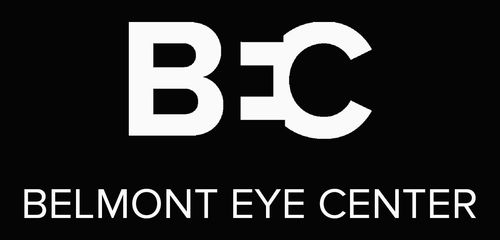Introduction
Dry eyes, a common condition affecting millions of people worldwide, can cause discomfort, irritation, and blurry vision. While LASIK (Laser-Assisted In Situ Keratomileusis) has gained popularity as a vision correction procedure, concerns have been raised about its potential to exacerbate dry eye symptoms. However, recent advancements in LASIK technology have led to the development of a variant known as “No Cut LASIK” that addresses these concerns while providing effective vision correction. In this article, we will explore the concept of No Cut LASIK and its potential as a treatment for dry eyes.
Understanding Dry Eyes
Before delving into No Cut LASIK, let’s first understand what dry eyes are. Dry eye syndrome occurs when the eyes do not produce enough tears or when tears evaporate too quickly. This condition can be caused by various factors, including aging, hormonal changes, environmental factors, certain medications, or underlying medical conditions. Symptoms of dry eyes include redness, burning sensation, excessive tearing, sensitivity to light, and blurry vision.
The Connection Between LASIK and Dry Eyes
Traditional LASIK involves creating a corneal flap, which can temporarily disrupt the corneal nerves responsible for tear production. This disruption may lead to dry eyes following the procedure, affecting some patients. While the majority of individuals experience temporary dryness that resolves within a few weeks or months, a small percentage may experience persistent or worsened dry eye symptoms.
No Cut LASIK: A Game-Changer for Dry Eyes
No Cut LASIK, also known as TransPRK (Trans-Epithelial Photorefractive Keratectomy), offers a promising solution for individuals concerned about dry eyes. Unlike traditional LASIK, No Cut LASIK does not involve creating a corneal flap. Instead, it employs an advanced laser technology to reshape the cornea and correct vision without any surgical incision.
Benefits of No Cut LASIK for Dry Eyes
- Reduced Risk of Dry Eye Symptoms: The absence of a corneal flap significantly reduces the risk of dry eye symptoms associated with traditional LASIK. By preserving the corneal nerves, tear production remains unaffected, minimizing the chances of developing or worsening dry eyes.
- Enhanced Precision: No Cut LASIK employs state-of-the-art laser technology to reshape the cornea with exceptional accuracy. This precision ensures minimal disturbance to the corneal structure, contributing to a reduced risk of dryness.
- Customized Treatment: No Cut LASIK allows for personalized treatment based on the individual’s unique eye characteristics. By tailoring the procedure to address specific vision correction needs, the risk of post-operative dryness can be further minimized.
- Shorter Recovery Time: Since No Cut LASIK avoids the creation of a corneal flap, the recovery time is generally shorter compared to traditional LASIK. This means that any temporary dryness experienced following the procedure is likely to resolve more quickly.
- Long-Term Satisfaction: Studies have indicated that patients who undergo No Cut LASIK report a high level of satisfaction with both the vision correction results and the absence of dry eye symptoms.
Conclusion
No Cut LASIK, also known as TransPRK, represents a significant advancement in laser vision correction that addresses the concerns of individuals with dry eyes. By eliminating the need for a corneal flap, this innovative procedure minimizes the risk of dry eye symptoms associated with traditional LASIK. With improved precision, customization, and shorter recovery time, No Cut LASIK offers a potential solution for those seeking vision correction without exacerbating dry eye syndrome.
As technology continues to evolve, the field of LASIK is advancing to ensure the best outcomes for patients. No Cut LASIK represents one such advancement, providing hope for individuals with dry eyes who wish to pursue vision correction. It is important to consult with an experienced ophthalmologist or eye care professional to determine the suitability of No Cut LASIK as a treatment option based on individual circumstances and eye health.
